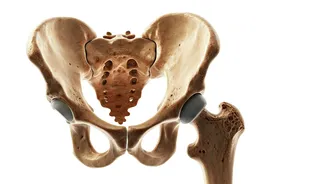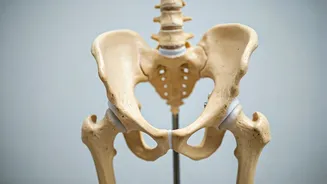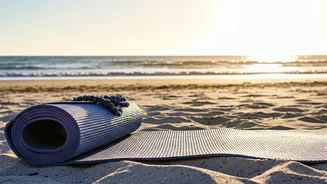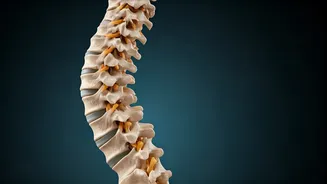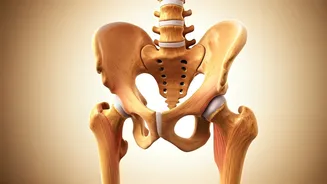Reverse Table Tap
The Reverse Table Tap is a great starting point for enhancing mobility. Begin by sitting on the floor with your hands placed behind you, fingers pointing
towards your body. Your legs should be bent at the knees, with your feet flat on the floor. Now, lift your hips off the ground, forming a table-like position with your body. Gently tap your hips down, and then lift them back up repeatedly. Focus on controlled movements, maintaining core engagement throughout the 60-second duration. This exercise helps in opening up the chest and shoulders, while also strengthening the core muscles, promoting stability and balance. Regularly performing Reverse Table Taps can significantly contribute to better posture, improved range of motion, and reduced risk of injuries.
Kneeling to Low Squat
Transitioning from kneeling to a low squat is another excellent mobility exercise, targeting flexibility and strength. Start in a kneeling position, with your hands placed on the floor in front of you for support. Slowly transition into a low squat, keeping your heels on the ground if possible, or allowing your heels to lift slightly if necessary. The goal is to lower your hips towards the ground while maintaining a straight back. Return to the kneeling position, keeping the motion slow and controlled. Repeat this movement for 60 seconds. This exercise is great for improving hip and ankle mobility, as well as strengthening the muscles in your legs and core. It is especially beneficial for individuals who spend extended periods sitting or have limited lower body flexibility.
Lateral Glide Drop
The Lateral Glide with Knee Drop is designed to enhance lateral mobility. Begin by standing upright. Step your left foot to the side, keeping your weight on that foot. As you step out, bend your left knee and gently drop your right knee towards the ground. Maintain a straight back, and keep your core engaged throughout the movement. The idea is to create a gliding motion, smoothly transitioning from one side to the other. Repeat this exercise, alternating sides, for 60 seconds. This dynamic exercise stretches the inner thighs, hips, and ankles, aiding in balance and stability. Consistent practice can improve the ability to move laterally and reduce the risk of strains and sprains associated with quick directional changes.
Kneeling Windmill
This exercise is a dynamic movement that improves spinal mobility. Get into a kneeling position, with your hands clasped behind your head. Keeping your core engaged, slowly rotate your upper body to the left, and then to the right. As you rotate, focus on keeping your head aligned with your spine. Make sure the movement comes from your upper body. The key is to control the twists, avoiding any jerky motions. Continue this gentle, yet effective, twisting motion for a complete minute. Performing the Kneeling Windmill regularly can ease back stiffness, enhance the spine’s flexibility, and foster better posture. It can also help relieve stress and promote better circulation.
Alternating Sit-to-Stand
Alternating Sitting-Rising is a functional movement exercise that improves lower body strength and overall mobility. Start by sitting comfortably in a chair, with your feet flat on the floor. Engage your core, and stand up from the chair, maintaining a straight back, and keeping your weight balanced over your feet. Then, slowly sit back down, maintaining control throughout the movement. Repeat this sit-to-stand motion for 60 seconds. This exercise boosts leg muscle strength, improves balance, and enhances the ability to perform everyday activities like getting up from a chair. It’s also an excellent way to improve hip mobility, and promotes overall functional fitness, making it easier to maintain an active lifestyle.
